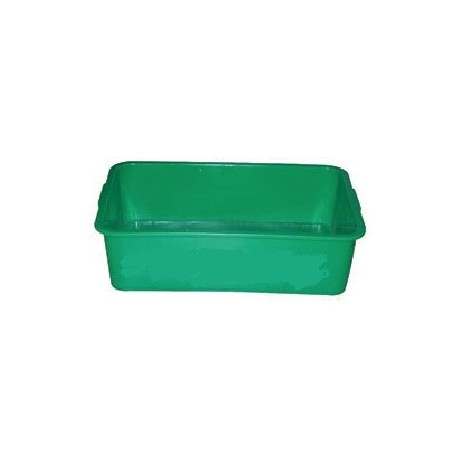The quarterly Hogs and Pigs survey conducted by the USDA for September 1, revealed what is likely the final adjustment necessary to square the actual US inventory with previously estimates that were likely disturbed by the situation last year which caused lots of animals to be euthanized. The adjustments were down substantially revealing that the US inventory shrank just under 4% from one year ago but up about 1% from June of this year. Estimates of pigs weaned on US farms between June and August of 2021 were down an astounding 6% from the same period a year ago. Total breeding animals were pegged at 6.19 million. Nearby hog prices were not affected much but futures prices rose dramatically. While exports are up for the year, the pace has slowed quite a bit and the overall increase from 2020 is expected to be only 1% higher. The USDA is forecasting a very small decline in exports for 2022 due to the diminished pace of Chinese import demands for pork.
The crash in national inventory is a function of several things including some devasting losses from a particularly virulent strain of the PRRS virus (PRRSV 144), believed by many to be the most lethal version of the virus ever to infect US herds. There was some suggestion in the industry that standard PRRS vaccines were not as effective against PRRSV 144 and for reasons not well understood, the virus was defeating even (formerly) reasonably devised and enacted biosecurity measures. It has been reported that tests of these claims by Pipestone Group in collaboration with the primary PRRS vaccine makers revealed that both the vaccines and well-devised and enforced biosecurity methods including air filtration methods were still working and should continue to be utilized and enforced. October ushers in the next round of PRRS flareups and the industry is braced for another variant, PRRSV 174, which is reported to be more pathogenic than PRRSV 144.

Current inventory and expectations for exports and future farrowing’s suggest an extended period of profitability even with currently higher than normal feed prices. I mentioned in an article here previously that the ideal level of inventory is probably one that supplies a volume about 5% below slaughter capacity. While processors have ways to temporarily idle capacity in these increments to reduce costs, it is far from an ideal situation for them. The target should be sufficient hogs to meet packer demand erring on the short side but not short enough to result in the permanent retirement of one of the older, higher cost plants. Such “targets” however are ephemeral and unrealistic as there is too great an advantage to the producer or producer group which increases production while all others follow a disciplined production strategy within the target.
The specter of ASF as a risk hovering over the US and entire North American industry also most likely provides a cooling of desires to borrow heavily and expand in the current environment until a more definitive stability is achieved. The ASF case(s) now appearing on the other side of the island nation of the Dominican Republic, namely the country of Haiti, was certainly no surprise to anyone. At the present time, thousands of Haitians are emigrating into Colombia and making the trek up through central America and across the border into the US. They are fleeing the chaos of a recently assassinated president and sequential natural disasters that have left the country in a virtual chaotic mess. It would be expected that they would carry food and pork products might be included.
Since these potential immigrants are not choosing to enter the country through normal ports of entry, where customs and border patrol personnel are on high alert for meat and food products in luggage, there is for the present, an additional vector by which ASF might threaten entry and establishment anywhere from Colombia north to the US. Their journey takes several weeks to reach the US and most likely, food brought for the journey would be consumed prior to that. In addition, simply entering a country does not create problems, it is entry plus finding its way to live hogs either in the wild or on farms. The southern border areas of the US, particularly Texas, has large numbers of wild boars and feral hogs. Arizona, New Mexico and Texas also have sizeable Javelina populations, especially in the southern areas of all three states. Luckily there are not a lot of commercial operations in these regions. Appearance of the disease in Colombia or Mexico would be devasting to those country’s pork producers and further heighten the risk of movement of the disease into the US.
Lastly, the drought which began last year in the southwest United States has gradually migrated up the western coast of California, Oregon and Washington states and turned back across Montana and into the grain producing areas of the Dakotas and even the key corn producing areas of southern Minnesota and central Iowa. Too early to tell what this means for the spring. Adequate snows over the winter will go a long way to easing any developing ground water problems but a full-on drought beginning next spring in the Midwest could drain all the profitability that a short hog production outlook might portend. As always, even in a highly technological era, the forces of nature, whether disease or weather place producers in a perpetual state of cautious optimism.






